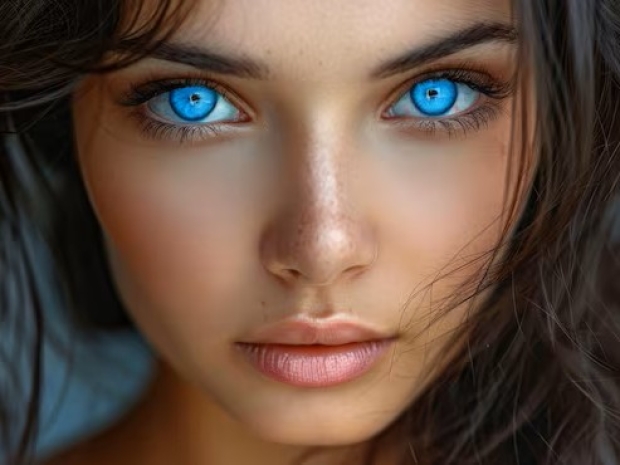The microscopic display, described in Nature, uses nanoparticles to scatter light in precise ways, letting each pixel change colour electronically without needing its own light source.
The work, led by researchers from Chalmers University of Technology, the University of Gothenburg and Uppsala University, could make virtual worlds look so real that your eyes can’t tell the difference.
Uppsala University’s Department of Materials Science and Engineering assistant professor Kunli Xiong, who led the project, said: “The technology that we have developed can provide new ways to interact with information and the world around us. It could expand creative possibilities, improve remote collaboration, and even accelerate scientific research.”
Each pixel in this new “retina e-paper” is roughly 560 nanometres wide, smaller than the wavelength of visible light. The entire screen is about the size of a human pupil yet packs an extraordinary 25,000 pixels per inch. That’s around the same level of detail as the retina’s own photoreceptors, meaning the human eye literally can’t detect a higher resolution.
Chalmers University of Technology chemistry professor Andreas Dahlin.said: “This means that each pixel roughly corresponds to a single photoreceptor in the eye, i.e. the nerve cells in the retina that convert light into biological signals. Humans cannot perceive a higher resolution than this."
To prove it works, the researchers recreated Gustav Klimt’s famous painting The Kiss on a surface just 1.4 by 1.9 millimetres, about one four-thousandth the size of a smartphone screen.
The retina e-paper doesn’t emit light on its own. Like butterfly wings or bird feathers, it reflects and refracts ambient light using carefully arranged tungsten oxide nanoparticles. By changing the size and spacing of these particles, the team can fine-tune how red, green and blue hues appear. A small electrical voltage can even switch them off, turning the pixels black.
According to University of Gothenburg physics professor Giovanni Volpe, “This is a major step forward in the development of screens that can be shrunk to miniature size while improving quality and reducing energy consumption. The technology needs to be fine-tuned further, but we believe that retina E-paper will play a major role in its field and will eventually have impact on us all.”
The project, with the catchy title Video-rate tunable colour electronic paper with human resolution, brings together Swedish researchers from Chalmers, Gothenburg and Uppsala’s Ångström Laboratory. It marks the first time anyone has built a reflective display with resolution at the physical limit of human vision.
If commercialised, this kind of display could transform everything from ultra-realistic augmented reality to next-generation wearables. Or, as Xiong and his team suggest, it could finally make “retina” displays live up to their name.

